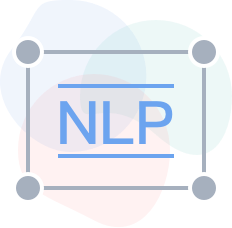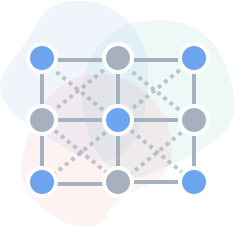Our mission is to make value-based precision healthcare accessible to everyone.







Medical Natural Language Processing


Medical Knowledge and Data Mining


Knowledge Inference and Machine Learning





A process in which medical texts are rearranged into a word sequence according to certain standards, which is the foundation for further text analysis.
Identify medical terms with particular meanings in medical texts, such as “diagnosis names”, “drug names” and “operation names”, and some attribute information having clear semantic meanings such as “time” and “degree”, and build an important preconditions for semantic analysis of medical texts.
Identify the relationship between entities in texts, for example, in an chemotherapy instance, identify such items like “time”, “curative effect” of the “chemotherapy plan”, which build an important basis for extraction of structured information.
Design models as required by a task, and extract structured task information from the results of entity identification and entity relationship identification.
Imitating human normalization, use entity linking technology based on knowledge atlas to normalize clinical data to standard names, for example, to normalize a surgery operation to ICD9, and a diagnosis name to ICD10, thus facilitating analysis of future tasks such as screening and statistics.
Integrate data from multiple Construction sources such as clinical data, medical literature guide, CFDA data and Internet data to establish a large medical knowledge base supporting such tasks of medical statistics, search, analysis and reasoning.
Automatically identify textural anomaly and isolate nodules based on AI technologies, screen cancer at early stage to help doctors with clinical decision-making. Changes in nodules as time goes can be captured to ensure the efficiency of interdisciplinary cooperation.
Identifying disease areas with the help of images recognition to assist doctors of non-specialty in making basic clinical decisions, currently with an accuracy of 97.5%.
Analyzing real time medical images during surgery to assist doctors with hints and alerts obtained by identifying focal forms.
Using real world data statistics to generate data distribution and geo-graphics such as population, regions, diseases, drugs and intervention measures based on mass real clinical data, and support epidemiological studies and analysis of market insight.
Mining, analyzing and validating correlations among different medical factors in real and complex clinical environments to support clinical diagnosis, clinical researches and drug R&D.
Mining and analyzing side effects/adverse reactions of medicine between different patient groups in real clinical processes. Evaluating effectiveness and safety of drugs and treatment plans to improving the quality of diagnosis and treatment as well as expanding potential drug indications and its population.
Powered by clinical guidelines, mining treatment patterns and clinical treatment pathways from real world data to support standardization of diagnosis and treatment as well as assisting clinical guideline updating.
Through classical machine learning and deep learning technologies, building the scenario driven prediction models such as survival rate prediction of specific diseases, medicine side effect prediction etc.
Based on integration of extracted medical knowledge graph, clinical data and digitalized human expert knowledge, building clinical decision support system using machine learning technologies to assist doctors in decision making during pre-diagnosis, mid-diagnosis and post-diagnosis, which can improve both their effectiveness and efficiency.
Generating scientific hypothesis through automatic knowledge discovery from real world data with pruning algorithms to reduce the search space, and then doing validations using the data as real world evidences for manual research topic recommendation.